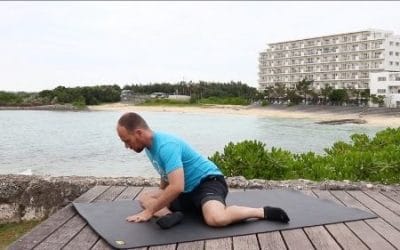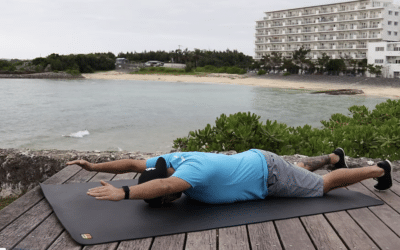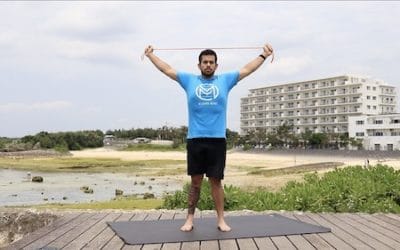Couch Stretch
Couch Stretch
The couch stretch is a highly effective mobility exercise designed to deeply stretch the hip flexors, quadriceps, and improve hip extension. Named for its accessibility and ability to be performed with a simple couch or wall, the stretch involves kneeling on the floor and placing one foot against the couch or wall behind you, while the opposite leg is placed forward in a lunge position.
Ideal for athletes and fitness enthusiasts, the couch stretch is particularly beneficial for those who sit for long periods or engage in activities like running, cycling, or weightlifting, where tight hip flexors can limit mobility and performance. By stretching these muscles deeply, the couch stretch can relieve tension, improve posture, and promote better hip extension.
Incorporating the couch stretch into your stretching routine will help release muscle tightness and increase flexibility in the hips and thighs. Adjust the intensity by changing the angle of your body or how close your knee is to the wall or couch. Regularly practicing this stretch will enhance hip mobility, reduce discomfort from tight hip flexors, and promote balanced movement patterns for improved athletic performance and daily activities.
Equipment Needed:
- Variation 1 (shown) – Open floor or pad for your knee
- Variation 2 – pad for knee and a wall, bench, box, or anything to prop your leg against
Instructions for the couch stretch:
- In a half-kneeling position with your down knee on a pad reach back and grab the top of your back foot
- Return to the kneeling position, pulling your back leg deeper into knee flexion
- If you can bend your knee further do so until you feel a strong quad and/or hip flexor stretch (if you struggle to get into this position see regression below)
- Hold for the prescribed amount of time before switching legs
Common Errors
Balance can be an issue so use something to hold yourself up if needed.
Progressions / Regressions:
If this is too challenging:
- Many people struggle to get into the position due to tight quads. To help this issue use a band or strap over your shoulder to hold your ankle and pull your knee into flexion.
If you want more of a challenge:
- Using a wall or bench to prop your back leg on can help you get into a deeper stretch
Related Exercises
90/90 Hip Stretch
90/90 Hip Stretch90/90 hip Stretch The 90/90 hip stretch is a powerful exercise designed to improve hip mobility, flexibility, and overall lower body function. This stretch targets the hip internal and external rotators, and the glutes, making it ideal for athletes...
Prone Angel
Prone AngelProne Angel The prone angel is a powerful exercise designed to improve upper back strength, shoulder stability, and overall posture. Performed while lying face down, this movement mimics the motion of making snow angels. It specifically targets the scapular...
Band Pass Through
Band Pass ThroughBand pass through The band pass through, also known as the band shoulder pass through, is an effective exercise designed to improve shoulder mobility, flexibility, and stability. This exercise involves using a resistance band to perform a controlled,...



